 |
 |
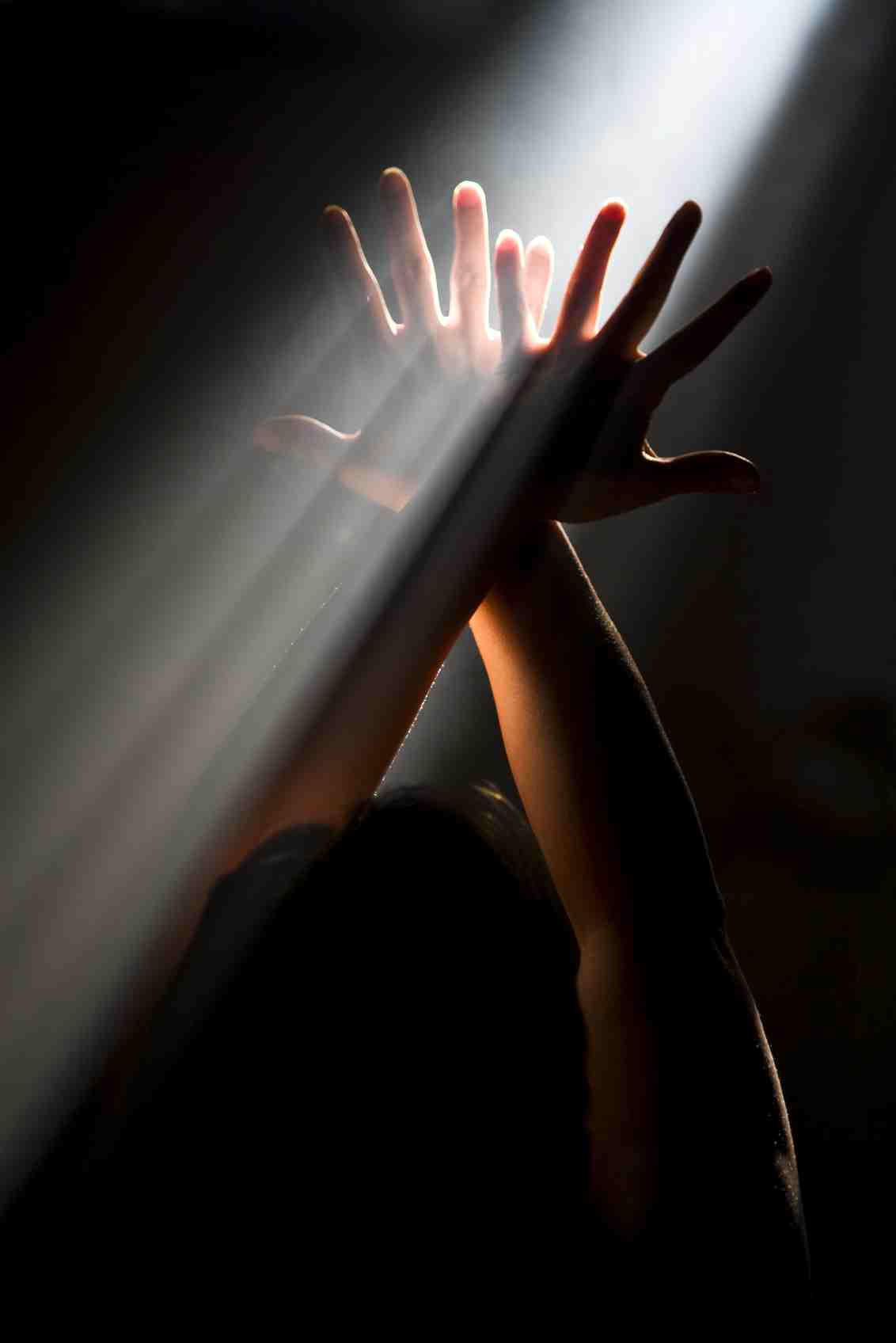 Practiced
and revered by cultures the world over, reiki is as old as it is
versatile. To many, the concept of energy healing is so difficult to
grasp - almost in an extra-terrestrial sense - that we forget that the
technique has actually been practiced for many thousands of years,
though its precise origins remain a bit vague. For this reason, it's
often easier to look at the history of reiki as it fits into the
greater context of energy healing. There are theories that trace
reiki's roots back to India, Tibet, Egypt, Lemuria, even Atlantis. It
is a commonly held belief that reiki was "rediscovered" and unearthed
from the sands of time in Japan by Dr. Mikao Usei in the early 20th
century. Practiced
and revered by cultures the world over, reiki is as old as it is
versatile. To many, the concept of energy healing is so difficult to
grasp - almost in an extra-terrestrial sense - that we forget that the
technique has actually been practiced for many thousands of years,
though its precise origins remain a bit vague. For this reason, it's
often easier to look at the history of reiki as it fits into the
greater context of energy healing. There are theories that trace
reiki's roots back to India, Tibet, Egypt, Lemuria, even Atlantis. It
is a commonly held belief that reiki was "rediscovered" and unearthed
from the sands of time in Japan by Dr. Mikao Usei in the early 20th
century.
In his cultivation of what we know as modern reiki,
Usui sought a way to heal himself and others - using his hands - that
didn't deplete his own energy levels. He believed that reiki is
accessible to everyone because it has no religious attachments; rather,
it's an open-minded approach in which many belief systems coalesce to
harness the energy of the Universe for indiscriminate healing. In a
contemporary light, energy therapies such as reiki are quickly becoming
some of the most popular natural healing modalities due to their
simplicity, safety, and effectiveness. Reiki, for example, is
completely non-invasive and can be used at any time to relieve pain and
trigger the body's own healing processes.
The information we
know about the history of reiki is changing at present, as more and
more new information comes to light from Japan. It seems there is a
Western version and an Eastern version of the events comprising reiki's
ambiguous timeline. But instead of becoming absorbed in the right and
wrong versions of history, we must remember that this energy is all
about healing and love; it has been here long before us and will remain
long after. To stay true to the energy, we must remain open minded.
|
|
 |
 |
Even
the strongest proponents of Western healthcare can't dispute the fact
that nature provides medicine. The proliferation of techniques like
reiki, being as natural as witch hazel, is just one way by which the
masses are becoming more familiar with what's available to them in
terms of healing.
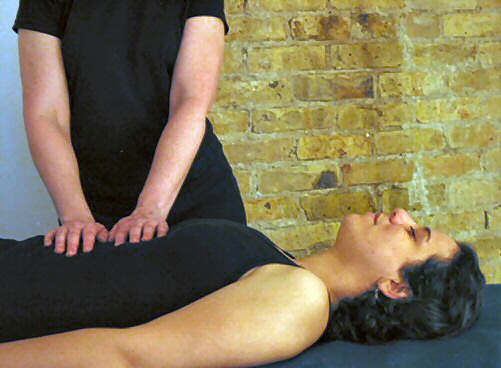 The
fact of the matter is that people have a growing interest in quality of
life. Collectively, we are feeling empowered to demand more from our
health care providers. Many of us are no longer interested in having
doctors manage our symptoms. Instead, there is a growing demand for
consistent, superior health care that encompasses the best of
modalities, from the most sophisticated Western medical paradigms to
the ancient art of energy healing, which has been practiced in various
ways for infinitum. The
fact of the matter is that people have a growing interest in quality of
life. Collectively, we are feeling empowered to demand more from our
health care providers. Many of us are no longer interested in having
doctors manage our symptoms. Instead, there is a growing demand for
consistent, superior health care that encompasses the best of
modalities, from the most sophisticated Western medical paradigms to
the ancient art of energy healing, which has been practiced in various
ways for infinitum.
We are beginning to witness a healthcare
paradigm shift from the "one disease, one treatment" method to a more
well-rounded approach to healing. Gradually, we are rediscovering the
power in natural modalities that lend themselves to an ultimate goal,
which is rooted in holistic wellness.
Introducing techniques
like reiki, which has its own efficacy that is as pronounced as any
treatment, into our healthcare system offers the most potential to lead
us into a dynamic and exciting world of health. At the same time, it
would be foolish and regressive to dismiss western medicine altogether
and ignore the great leaps we've made in science and technology.
Rather, a respect of each practice is what is needed. The old and the
new, the scientific and the spiritual, the natural and the man-made,
all must be honored equally. A balanced blend of East and West is the
face of healthcare that we should encourage and cultivate.
|
|
 |
 |
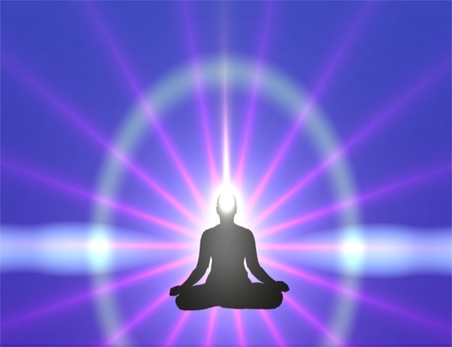 The
sixth chakra, or the third eye, is often associated with the pineal
gland, an endocrine gland located deep within the brain. The pineal
gland was the last endocrine gland to have its function discovered,
causing it to be viewed as a "mystery" gland with its perceived
function shrouded in metaphysical theories and superstition. The third
eye - or inner vision - has long been recognized by humanity as
possessing mystical powers. It is located in the geometric center of
the brain, which correlates to the location of the Great Pyramid in the
center of the physical planet. The third eye, which is a part of the
spiritual body, not the physical body, is believed by some to be a
dormant organ that can be awakened to enable telepathic communication. The
sixth chakra, or the third eye, is often associated with the pineal
gland, an endocrine gland located deep within the brain. The pineal
gland was the last endocrine gland to have its function discovered,
causing it to be viewed as a "mystery" gland with its perceived
function shrouded in metaphysical theories and superstition. The third
eye - or inner vision - has long been recognized by humanity as
possessing mystical powers. It is located in the geometric center of
the brain, which correlates to the location of the Great Pyramid in the
center of the physical planet. The third eye, which is a part of the
spiritual body, not the physical body, is believed by some to be a
dormant organ that can be awakened to enable telepathic communication.
The
true function of the pineal gland, which we now know is associated with
the third eye, has long been contemplated by mystics, philosophers, and
spiritual adepts. Ancient Greeks believed the pineal gland to be our
connection to the realms of thought, while Rene Descartes called it the
Seat of the Soul. The gland is activated by light, and it controls the
body's various biorhythms. It works in harmony with the hypothalamus
gland which governs the body's hunger, thirst, and sexual desires, as
well as the biological clock that directs the aging process.
The
physiological function of the pineal gland has been unknown until
recent times, but mystical traditions and esoteric schools have long
known this area in the middle of the brain to be the connecting link
between the physical and spiritual worlds. Considered the most powerful
source of ethereal energy available to humans, this organ of higher
vision has always been important in developing psychic talents and
initiating supernatural powers.
|
|
 |
 |
The
5 principles of Reiki are, by their very nature, quite applicable to
daily life. They are rooted in practicalities that everyone can strive
for in an effort to sustain mental, physical, and spiritual wellness.
In fact, Reiki founder Makao Usui advised that we should sit in Gassho
position in the morning and at night and speak these words loud in our
hearts:

Just for today...
I will not be angry.
I will not be worried.
I will be grateful.
I will be diligent in my work.
I will be kind to others.
There
are a number of scenarios in which evoking the healing power of these
principles would be beneficial. Perhaps someone has cut you off in
traffic, you have an altercation with your partner, someone pays you a
complement, you finally start that outside-of-work project you've
wanted to begin for months, or maybe you are faced with an opportunity
to make someone's day with a subtle gesture - a pat on the back or a
smile. The principles of Reiki, if we let them, have the power to bring
us closer to what we envision our lives to be.
|
|
 |
|
|
|
 |
|
In This Issue
|
|
 |
|
Contact Info
|
Name
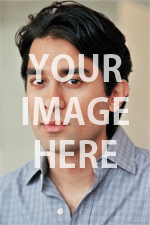
Phone
My Website
|

|
|
Imbalance at the Root Chakra
|
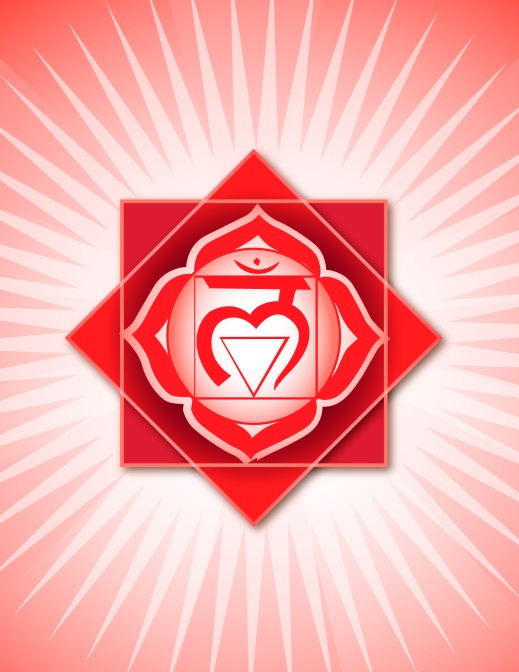
Today
we'll use the example of the root chakra, which is located at the base
of the spine and governs primal instincts and urges. When this chakra
is in balance, we feel loving, passionate, courageous and spontaneous.
We are at the height of our sexuality and creativity. When the root
chakra is out of balance, we may experience feelings of anger,
jealousy, dominance, and confusion. We may over-indulge in sex or food,
and even develop sexual or reproductive disorders.
The color
red is associated with the root chakra. Think of what red represents in
many contexts – blood, fury, danger, lust, etc. Good or bad, they are
all fervent, passionate emotions. When the root chakra is hyperactive,
there may an excess of red energy around you. To offset this imbalance,
use the color blue in the form of clothing, gemstones, art pieces,
water features, etc.
Conversely, when the root chakra is weak,
it's important to boost red energy by wearing red clothing and gemstone
jewelry, such as jasper, ruby, carnelian, garnet, and bloodstone.
|

|
|
Mandalas & Open-Eyed Meditation
|
Mandalas
are beautiful, powerful symbols that are used to facilitate mediation
in Indian and Tibetan religions. The Sanskrit word for “circles”,
mandalas are considered sacred tools that heal by centering the body
and mind. Clinical research suggests that meditation is helpful in
reducing stress, aiding in relaxation, combating depression, boosting
the immune system, lowering blood pressure, stimulating the release of
melatonin, and so on.
For a different approach to meditation,
try using a mandala. Find one that represents you and what you're
trying to heal or meditate on. You might even find it therapeutic to
create your own mandala. There are mandala coloring books and a number
of designs available that you can bring to life using paints, pastels,
or even crayons. Creating your own mandala combines the benefits of
meditation with art therapy and self expression - not to mention it can
be remarkably calming and nourishing for the soul.
Once you're
ready for meditation, place your mandala before you and relax. Focus on
the center, staring directly into it and blinking as little as
possible. Breathe deeply and rhythmically. After a while you will
notice a shift - the colors of the mandala will brighten and maybe even
begin to move. Be open to the energy pouring from the sacred circle,
remembering that circles are everywhere in nature - from the shape of
the planet to the shape of our cells. Feel it flowing through you for
as long as you are comfortable. After you gaze for a while, close your
eyes and the image of the mandala will remain. Watch and feel its
energy as it pulsates. Feel it soothing and calming you, healing what
needs to be healed.
|
|
 |
